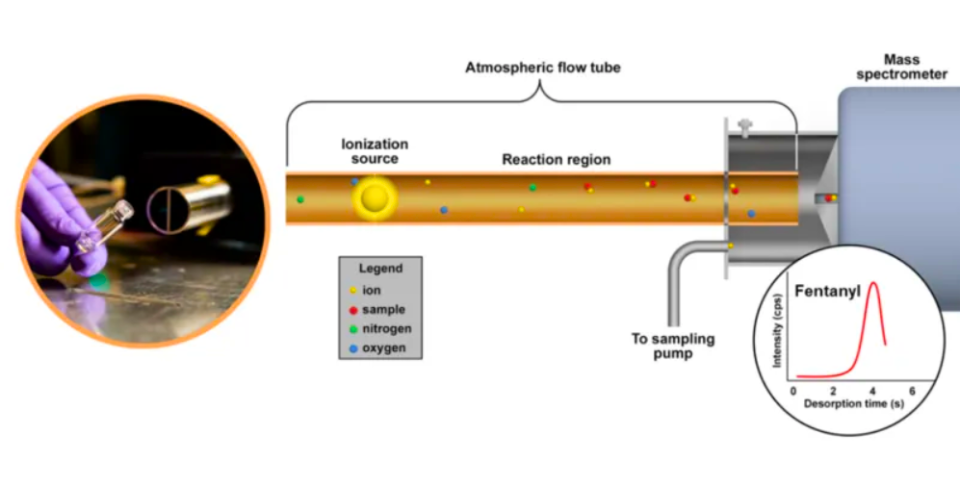U.S. Customs and Border Protection (CBP) works tirelessly every day to detect and confiscate drugs, weapons, and other illicit items that can put lives in danger. In fiscal year 2024 alone, CBP screened over 2.9 million individuals and over 38 million pieces of cargo at our nation’s borders. It also detected and confiscated over 573,000 pounds of illicit drugs (including over 21,000 pounds of fentanyl) and close to 5,000 weapons. These statistics serve as a critical reminder that safeguarding our communities and strengthening border security are ongoing efforts that require innovation and collaboration across DHS and its various partners and stakeholders.
Science and Technology Directorate (S&T) provides technical support to CBP’s mission of combating the illicit drug crisis at the nation’s borders. One aspect of this support is S&T’s collaboration with the Pacific Northwest National Laboratory (PNNL) and CBP’s Laboratories and Scientific Services (LSS) to develop a cutting-edge fentanyl vapor and particle detection technology with enhanced sensitivity and portability. Through this partnership, our S&T team is actively developing and evaluating a trace-vapor analysis prototype based on an atmospheric flow tube coupled to a mass spectrometer (AFT-MS) capable of contactless-screening for the presence of illicit drugs, including fentanyl.


